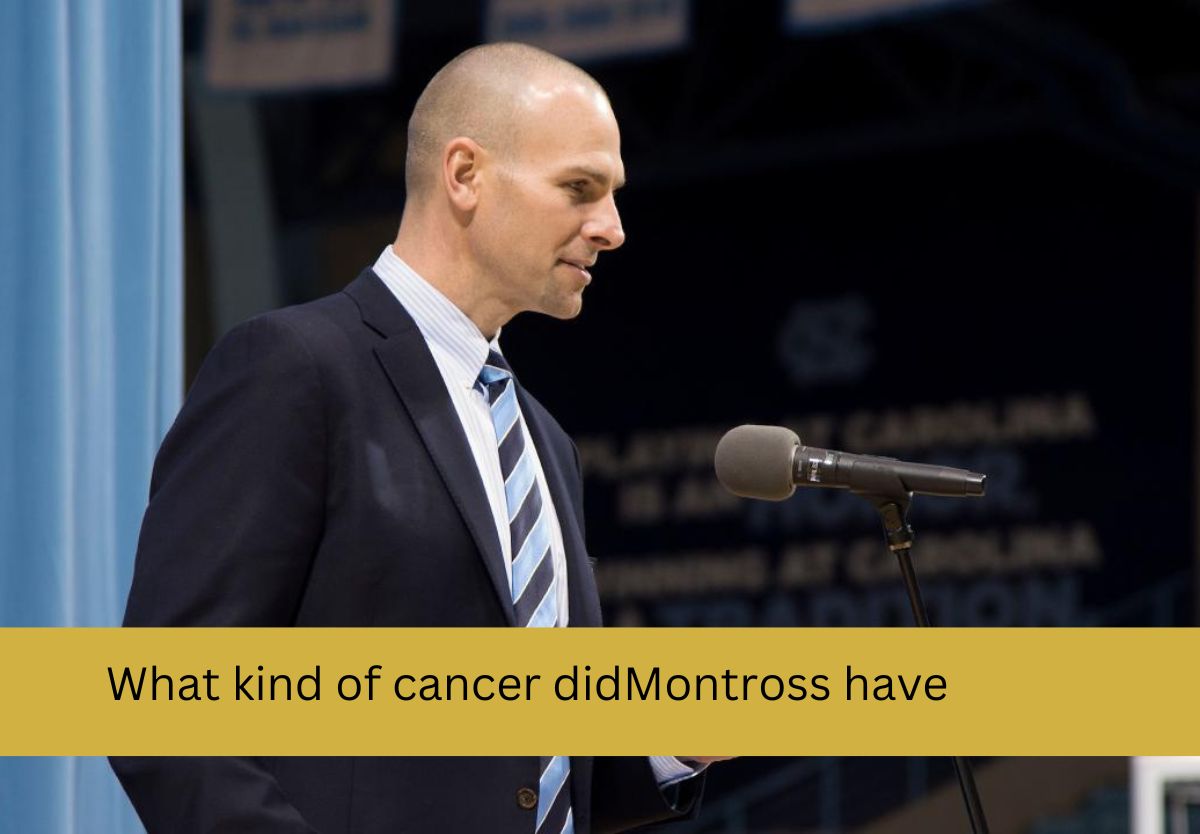What kind of cancer did Montross have, Cancer, a formidable adversary that touches the lives of countless individuals, has a way of weaving its narrative into the stories of both public figures and private individuals alike. In the case of Montross, the question looms large: “What kind of cancer did Montross have?” In this article, we embark on a journey to understand the specifics of Montross’s battle with cancer, shedding light on the challenges faced and the resilience displayed.
- The Private Struggle:The details of Montross’s battle with cancer often fall under the umbrella of private medical information. For many individuals facing such a profound health challenge, the decision to keep the specifics of their diagnosis and treatment private is a personal one. This choice is grounded in the need for privacy, maintaining a semblance of normalcy, and navigating the complexities of a health journey away from public scrutiny.
- Respecting Privacy in the Public Eye:In an era where information is readily accessible, it’s important to approach inquiries about an individual’s health with a sense of respect and empathy. Montross’s decision to keep the details of their cancer diagnosis private reflects a common sentiment among those facing health challenges – the desire to maintain a sense of agency and control over their narrative.
- The Varied Landscape of Cancer:Cancer is not a monolithic disease; rather, it encompasses a vast and varied landscape of conditions affecting different organs, tissues, and systems in the body. Without specific information about the type of cancer Montross faced, it becomes a reminder of the diverse challenges individuals encounter on their cancer journeys, each path unique and deeply personal.
- Advocacy and Awareness:While the specifics of Montross’s battle with cancer may remain private, the broader conversation surrounding cancer serves as a platform for advocacy and awareness. Many individuals, including public figures, use their experiences to champion causes related to cancer research, awareness, and patient support, contributing to a collective effort to confront this pervasive health challenge.
Conclusion
In the absence of detailed information about the type of cancer Montross faced, our focus shifts to a broader understanding – an acknowledgment of the challenges and complexities that accompany a cancer diagnosis. Montross’s journey, like that of countless others, underscores the importance of respecting privacy, fostering empathy, and contributing to the ongoing dialogue surrounding cancer awareness and advocacy.
As we navigate the nuances of health-related inquiries, it’s crucial to approach the subject with sensitivity, recognizing that the details of an individual’s health journey are often deeply personal. In the realm of Montross’s cancer battle, the emphasis remains on fostering understanding, compassion, and a collective commitment to advancing the fight against cancer in all its forms.
